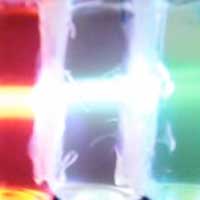 A University of Cordoba research project is able to incorporate luminescence into grpahene, paving a new way to continue expanding properties.
A University of Cordoba research project is able to incorporate luminescence into grpahene, paving a new way to continue expanding properties.
Tuesday, April 30, 2019
Researchers design a strategy to make graphene luminescent
 A University of Cordoba research project is able to incorporate luminescence into grpahene, paving a new way to continue expanding properties.
A University of Cordoba research project is able to incorporate luminescence into grpahene, paving a new way to continue expanding properties.
2D nanomaterials prolong growth factor release to mend cartilage
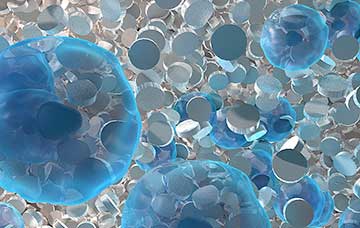 Researchers have designed a new class of two-dimensional (2D) nanomaterials that are disc-shaped and flat on the surface, similar to a coin, to aid in treatments for cartilage repair. The nanomaterials' unique charge arrangement allows them to trap proteins or growth factors, which can be slowly released over time.
Researchers have designed a new class of two-dimensional (2D) nanomaterials that are disc-shaped and flat on the surface, similar to a coin, to aid in treatments for cartilage repair. The nanomaterials' unique charge arrangement allows them to trap proteins or growth factors, which can be slowly released over time.
Inorganic perovskite absorbers for use in thin-film solar cells
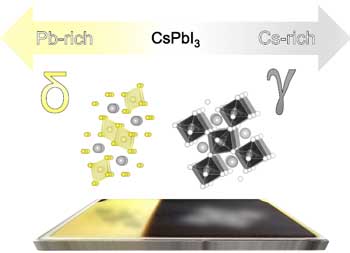 Researchers succeeded in producing inorganic perovskite thin films at moderate temperatures using co-evaporation - making post-tempering at high temperatures unnecessary. The process makes it much easier to produce thin-film solar cells from this material.
Researchers succeeded in producing inorganic perovskite thin films at moderate temperatures using co-evaporation - making post-tempering at high temperatures unnecessary. The process makes it much easier to produce thin-film solar cells from this material.
Heat-conducting nanostructured polymers
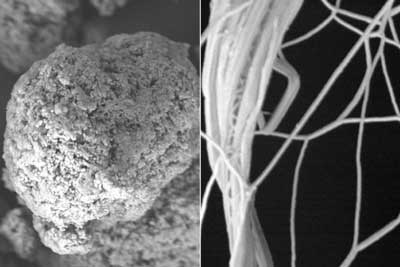 Material may replace many metals as lightweight, flexible heat dissipators in cars, refrigerators, and electronics.
Material may replace many metals as lightweight, flexible heat dissipators in cars, refrigerators, and electronics.
Tracking small things in cells
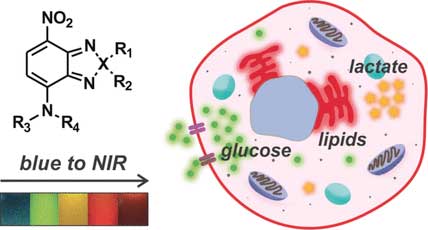 Small and tunable fluorophores for the imaging of metabolites in living cells.
Small and tunable fluorophores for the imaging of metabolites in living cells.
Partitioning of porous materials
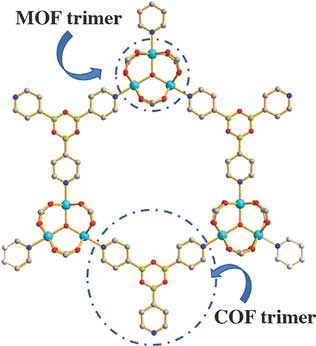 Highly resorptive metal?organic frameworks can be constructed by a foresighted combination of two different synthetic principles.
Highly resorptive metal?organic frameworks can be constructed by a foresighted combination of two different synthetic principles.
Nanomaterials mimicking natural enzymes with superior catalytic activity
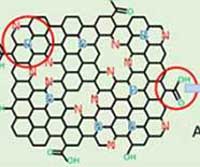 Researchers doped nitrogen and boron into graphene to selectively increase peroxidase-like activity and succeeded in synthesizing a peroxidase-mimicking nanozyme with a low cost and superior catalytic activity.
Researchers doped nitrogen and boron into graphene to selectively increase peroxidase-like activity and succeeded in synthesizing a peroxidase-mimicking nanozyme with a low cost and superior catalytic activity.
A shot in the arm for spintronics
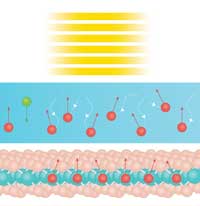 A spin injection technique that is more than 10,000 times more efficient than existing methods could allow for the development of ultrafast spintronic computers.
A spin injection technique that is more than 10,000 times more efficient than existing methods could allow for the development of ultrafast spintronic computers.
Subscribe to:
Comments (Atom)
